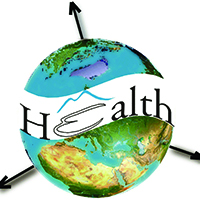The changing risk of vector-borne diseases: Global satellite remote sensing and geospatial surveillance at the forefront

Published: 28 October 2021
Abstract Views: 2452
PDF: 762
HTML: 26
HTML: 26
Publisher's note
All claims expressed in this article are solely those of the authors and do not necessarily represent those of their affiliated organizations, or those of the publisher, the editors and the reviewers. Any product that may be evaluated in this article or claim that may be made by its manufacturer is not guaranteed or endorsed by the publisher.
All claims expressed in this article are solely those of the authors and do not necessarily represent those of their affiliated organizations, or those of the publisher, the editors and the reviewers. Any product that may be evaluated in this article or claim that may be made by its manufacturer is not guaranteed or endorsed by the publisher.
Similar Articles
- David Taylor, Stefan Kienberger, Jack B. Malone, Adrian M. Tompkins, Health, environmental change and adaptive capacity; mapping, examining and anticipating future risks of water-related vector-borne diseases in eastern Africa , Geospatial Health: Vol. 11 No. s1 (2016): HEALTHY FUTURES
You may also start an advanced similarity search for this article.

 https://doi.org/10.4081/gh.2021.1047
https://doi.org/10.4081/gh.2021.1047




